Content from the Brookings Institution India Center is now archived. After seven years of an impactful partnership, as of September 11, 2020, Brookings India is now the Centre for Social and Economic Progress, an independent public policy institution based in India.
Skard harbours the belief that it is women at the very top who make any sort of substantial change, but in India women have performed leadership roles even at the panchayat level writes Shamika Ravi
In Women of Power, Skard examines ‘Half a century of female presidents and prime ministers worldwide’, and in doing so, constructs a compelling narrative that covers the backdrop from which these women emerge. Starting from their childhoods, all the way to the impact they have made on the global stage through their political influence, Skard brings forward a richly detailed timeline of female rulers, from the 1960s up to the current era. The first point to note is the distribution of her sample, which is a feat of universal, lateral inclusion. Skard takes the need to include the Global South in stride, as the countries she examines vary from Sri Lanka to Haiti; South Korea to Latvia.
Skard raises some insightful and prima facie ideologically unbiased questions — ‘Why did some women get engaged in political activities that were usually considered a male domain? And how did they manage to climb all the way to the highest political positions, when very few men managed to do so and women had not done it before? Further, when top leaders were women and not men, did it make a difference for policies and decisions?’
This does raise the critical question of whether a gender analysis of top political actors would constitute their essential identities, both of the leaders under examination as well as vast cultural and geo-political differences between the countries they govern. As such, Skard takes special care to avoid this by not looking at each country in isolation, but by taking into account the considerable changes that make international comparison possible. Additionally, she makes the point that although her focus is centered on women, she feels the need for an understanding of men, who dominate the political arena, construct the conditions for female participation through their own views and behaviour.
In reasoning out the need for a detailed study such as this, she makes the vital point that this research would lend insight not only to academia but also to understanding gender justice. One of the questions that arise out of her hypothesis is — in laying the weight of transformative potential on these women in power, could other non-gendered aspects of governance be ignored? When looking at how a woman’s identity, her class, upbringing, and gender influence her capacity to be a groundbreaking leader, does political ideology fall by the wayside?
Another assumption that needs to be questioned is — Skard harbours the belief that it is women at the very top who make any sort of substantial change, and as such, her study is solely focused on political leadership. However, women work at political grassroots levels, and work on advisory bodies in international organisations. CEDAW and Yogyakarta principles might have more tangible effect on the lives of those marginalised by their gender identities. What of women in other forms of local governance, an Indian example being the panchayat. Is this transformative potential available only at the very top, to be meted down in a vertical approach? She partially addresses these questions by acknowledging the need to identify ways in which powerful women have utilised their capabilities — was it to ‘transform’, or was their work analogous to their male counterparts undertaken for years?
In her qualitative analysis, Skard studies the most crucial aspect of women in top leadership — the factors that interact, permitting women to become national leaders. Here she states the aim of the book — ‘to get a better grasp on historical, institutional and political dimensions and to understand the interplay between global, national and individual levels’. Thus, we see a constant shift between the micro and macro levels, in an attempt to provide the reader with a holistic understanding of the dynamics at play. A special emphasis is placed on women who came into prominence amidst strife and political turmoil, in an attempt to outline the rationale that drove the people to democratically elect, or meritoriously appoint, an individual so outwardly unlike anyone who has ruled them before.
The book attempts to synthesise the factors that helped these women leaders reach the top, by noting that external conditions and family backgrounds both play a role. Wealth and democracy seem to be the most important external factors, with 40 per cent of rich countries reporting women leaders compared to 20 per cent of developing countries. Democracy appears to be even more critical, with only two women becoming national leaders in autocratic systems, and nine in systems that were turbulent/transitional and could not be classified as democratic. It is also noted that many women became leaders at times of crisis — with only a third being elected under stable and calm conditions and those mostly in western democracies. Family backgrounds matter and mothers of women leaders are often marked as being strong-willed and energetic participants in social and community life, half the women leaders’ fathers had political background, and almost all the women leaders had higher than average educational qualifications.
From the outset, it is clear that this book, in its study of the transformative potential of women leaders, has an intrinsic power to transform. The book was originally written in Norwegian and the translated English version suffers somewhat from awkward phrasing and sentence construction in places, but these issues are not glaring and can easily be set aside if one wishes to have a concise reference for the stories of modern women national leaders. It is a comprehensive anthology of the driving forces behind women who have gained international prominence despite all adversity, and within it, we may find the answer to the global disparity in inclusion and power politics.
This article first appeared in The Tribune on February 21, 2016. Like other products of the Brookings Institution India Center, this is intended to contribute to discussion and stimulate debate on important issues. The views are those of the author.
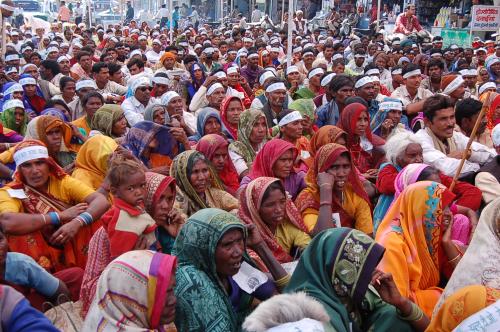
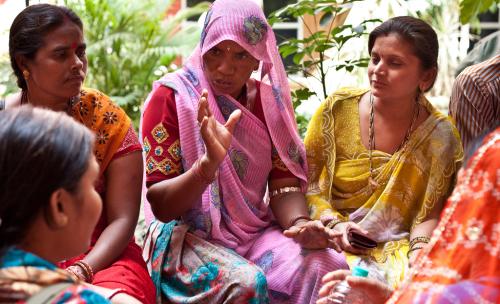

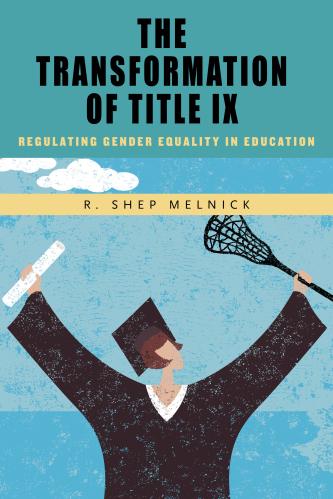

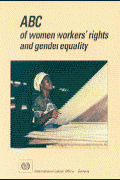



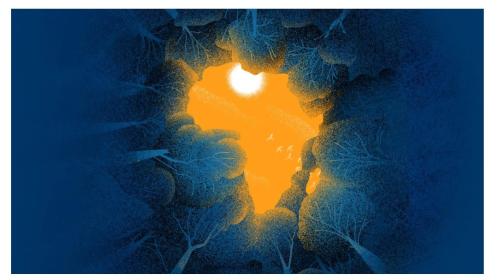
Commentary
Op-edWomen who rose to the top and shattered stereotypes
The Tribune
February 22, 2016